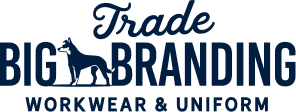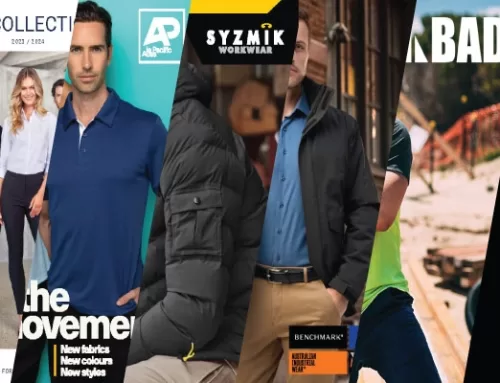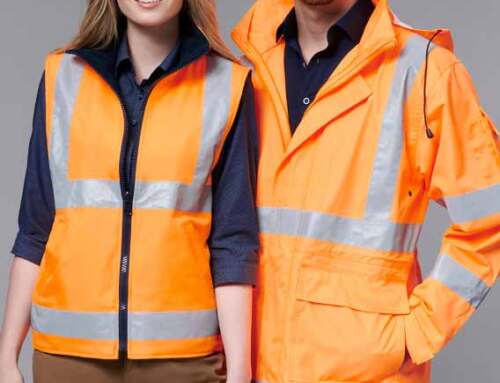You don’t have to go far these days without spotting someone in a hi vis vest or some kind of reflective safety clothing. Hi vis workwear is commonly used for all sorts of jobs including roadworks, railways, traffic management, farming, construction, manufacturing, airport operations, warehousing, security, police, fire and even for recreational use in cycling, running and walking.
The popularity of this clothing both in the workplace and for recreational use stems from its ability to increase its wearer’s visibility, aiding in the prevention of accidents and injuries. In fact, hi vis clothing has become a must-have for any situation where there is a need for the wearer to be highly visible from a distance at any time of day.
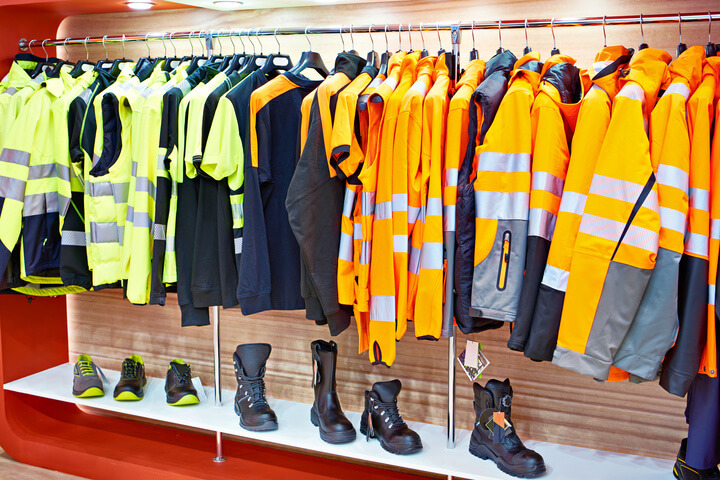
What Is High-Visibility Clothing And Why Is It Important?
Using a combination of fluorescent fabric and reflective tape to achieve the highest levels of visibility, hi vis clothing is designed with the sole purpose of making the wearer more visible with the view to increasing personal safety.
Hi-Vis clothing is perhaps most commonly recognised in vest form, but it is also available in a wide range of clothing styles including jackets, shirts, trousers, overalls, hoodies and hats.
Due to the safety aspect of its daily use hi vis clothing is categorised as Personal Protective Equipment (PPE) and for compliance must have an AS/NZS High Visibility Safety Garments Safety Standards label defining the garment characteristics and suitability for use.
All hi visibility products must meet AS/NZ Standards in order to display the official safety Standards label. The AS/NZS marking lets consumers know that the product they are buying meets the minimum coverage requirements and is suitable for use as safety clothing. Without this label, the garment cannot be rated as hi visibility workwear and is, therefore, ‘Non-Compliant’.
High Visibility Safety Standards Explained
There are two main industry Standards governing the industry requirements for high visibility safety garments; these are:
1. AS/NZS 4602.1:2011
This Standard provides manufacturers and businesses who work within the relevant industries with minimum design requirements for all high visibility safety garments. Specifically addressing design features, minimum coverage amounts, positioning of background material, the minimum amount and allowable position of the retroreflective tape for the front and back of the garment how measurements are taken.
This Standard defines the three general classifications used to categorise hi vis garments:
- Class D. For outdoor use during the daytime only. Fluorescent or other non-retroreflective high visibility material.
- Class N. Night-time use only, comprising retroreflective elements on an unspecified background.
- Class D/N. For use both during the day and night, made from a combination of reflective tape on a fluorescent or other non-retroreflective high visibility background material.
2. AS/NZS 1906.4:2010 Part 4
Part 4 of this Standard specifies more information on the colours that are required to meet the Standards for high visibility safety garments, while also covering the materials to be used in the manufacture of high visibility safety clothing.
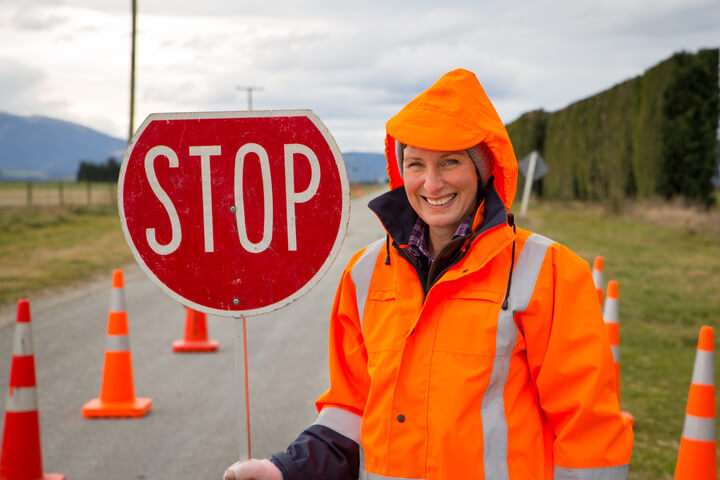
Who Invented High Visibility Clothing?
American Bob Switzer is the person credited to inventing hi vis clothing back in the 1930s. The story goes that while healing from a workplace accident, Bob and his brother Joe experimented with chemicals they used in magic tricks for entertainment purposes.
Bob continued experimenting after he was well and using his wife’s wedding dress as a test subject discovered a way to use the fluorescent chemicals he had created to apply them to fabric. This product was originally named ‘Day Glo’ paint and was later developed into the fluorescent materials we see on hi visibility clothing today.
What Are The Hi Vis Colours?
All hi vis clothing in Australia and NZ is made in either a bright orange or fluorescent yellow colour. These are the only two colours that are acceptable by hi-vis clothing regulations.
Orange is used as it is considered the most visible against any given background. At the same time, yellow is also popular under certain circumstances, such as for emergency response professionals and police officers.
What Is Hi Vis Clothing Made From?
There are two types of hi vis clothing;
- Reflective Hi Vis Clothing. Most often seen in traffic control situations this includes the use of reflective strips or tape used in conjunction with orange or yellow background. This clothing is designed to stand out at its best when light shines on it, such as the headlights of a car.
- Fluorescent Hi-Vis Clothing. This type of clothing is very bright in its own right and is made used special dyes. Fluorescent his vis clothing is not as effective in low light situations and is best for daylight applications.
Manufacturing Requirements For Hi Vis Clothing
Not all hi vis gear is created equal – there are specific requirements set out by the AS/NZS Standards mentioned above to regulate the production of hi vis products.
- Coverage. There must be at least 0.2 square metres of uninterrupted fluorescent material on the front and back of any hi-vis vest or another type of garment. Reflective tape, logos, venting and all other additions do not add up to the required size of fluorescent material.
- Reflective Tape. Any reflective tape must be at least 5cm wide and only placed in specified positions on the garment.
- Branding. Company branding is permitted as long as it does not cover the reflective tape and still leaves the required free space of 0.2 metres.
- Venting. Adding underarm venting squares up to 10cm x 10cm in size is allowed.
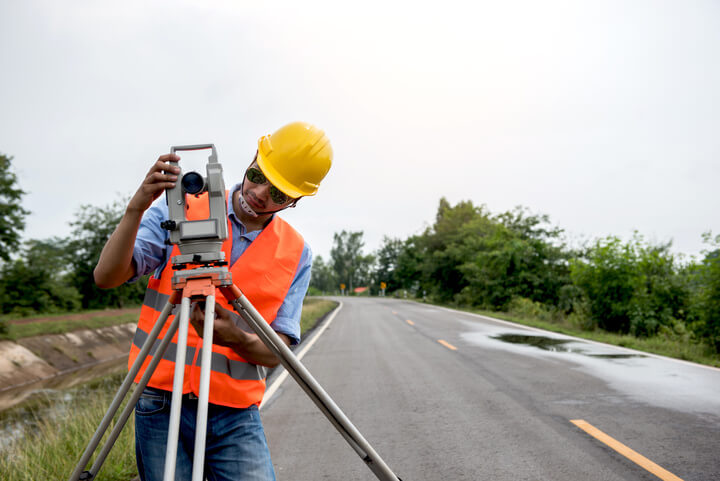
5 Benefits Of Hi Vis Clothing
There is more to hi vis vests and helmets than meets the eye – take a look at our list of benefits to wearers and businesses using hi visibility garments below.
- Safety Safety Safety. A safe work environment is the most important aspect of any hi vis clothing for any business.
- Increased Accessibility. The brightly coloured vests or jackets make wearers instantly recognisable when in a crowd.
- Improved Visibility. Finding someone in an emergency situation, whether it be a police officer for help or hikers lost in the bush, is much easier when they are clearly seen from a distance.
- Easy Identification. Hi vis clothing is also able to be printed with company branding or individual specifics if required. This can make identification of the wearer easier as well as addressing ownership issues and promoting teamwork.
- Brand Awareness. As long as it doesn’t interfere with the reflective/fluorescent components of the garment, it is possible to add a business logo, brand names or other specifics to all types of hi vis clothing – getting you brand out there in a highly visible way!
Hi Vis Workwear Example
The Rail network in Australia requires contractors working on or near the “Rail Corridor” to wear hi vis clothing that complies to the current Rail Standards. Railway compliant workwear is a good example of hi vis garments in action and a large consumer of industry specific hi visibility clothing.
In Australia, rail workers are required to wear hi vis orange. The reason hi vis orange was chosen over yellow is because the orange is a better contrast against the green landscapes that are a common backdrop for the rail network in Australia.
Within each State of Australia, there are variations to the requirements, all of which still fall within the High Visibility Safety Standards outlined above.
Vic Rail Compliant Workwear vs NSW
Vic Rail complaint workwear is easily identified by its unique ‘burnt orange’ colouring and requires Reflective Tape (R Tape) both over the shoulders and around the waist of vests and tops. There is one stripe placed over each shoulder and two around the waist. The two do not meet.
In contrast the NSW rail workers hi vis require an ‘X’ shape in R Tape on the back of the garment, two waist stipes at the back and one at the front which joins two over the should stripes. Pants for both must be navy and have two stripes of R Tape around the lower section of the leg. Arms must also have 2 R Tape bands around them.
This placement of stripes on the arms and legs is commonly referred to as ‘Bio Motion’ as the R Tape helps to identify the individual body’s movements. It is an excellent example of how hi vis clothing can increase the visibility of the wearer and aid in increasing safety measures on the job.
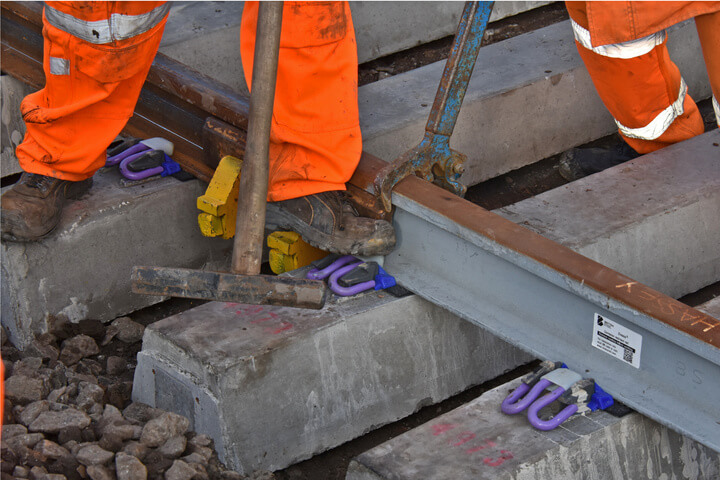
Not sure how the Australian hi vis Standards apply to your workplace, contact Big Branding and let them sort out all of your hi vis needs. We can assist you with fully compliant affordable and durable hi vis workwear that can help increase your visibility while meeting all the relevant health and safety regulations.
